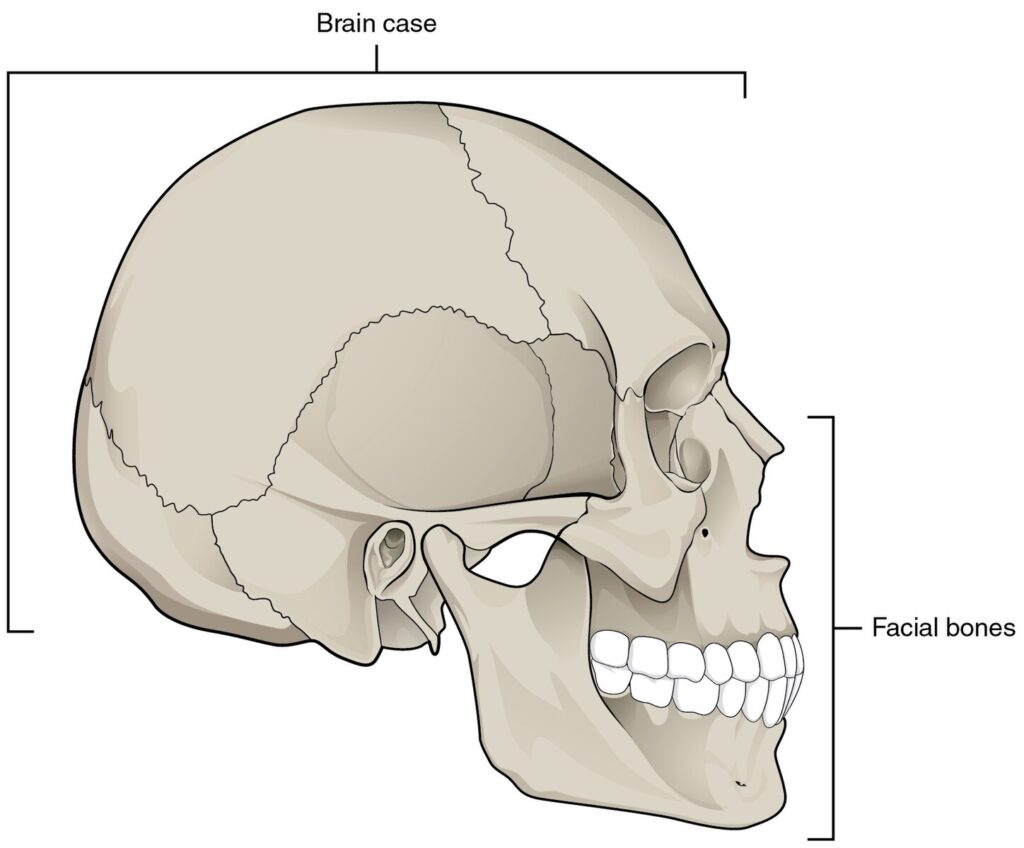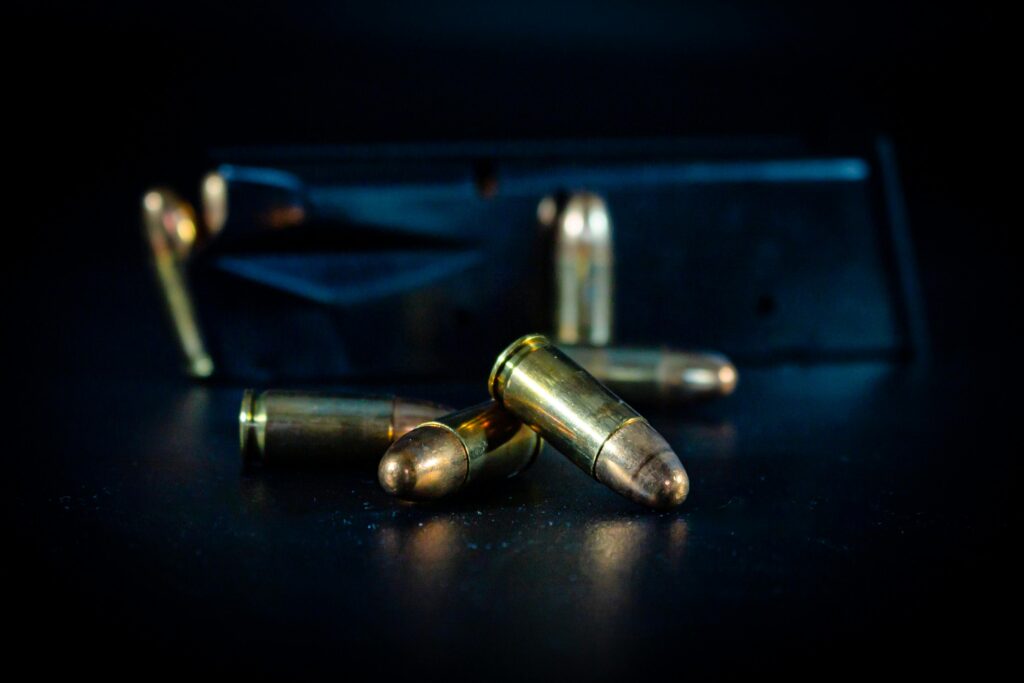Now Reading: Challenges & Methodology for underwater crime scene investigation:-
-
01
Challenges & Methodology for underwater crime scene investigation:-
Challenges & Methodology for underwater crime scene investigation:-
Introduction: –
Many types of crime occur underwater but most of the time they can be avoided by not entering into the water due to frustration. No matter the crime or the location, no two crime scenes are the same. The most difficult part of a crime is to pressure is people. It is imperative that people be seen as an integral part of the crime scene and pressured as meticulously as any other evidence.
Underwater crime scene presents a single set of problems not present in dry terrestrial condition, many agencies do not have the personal to conduct acceptable underwater investigation this scene must be worked as dehydrated land-living scenes in zones of scene control evidence goodness and collection, a chain of custody, and administration. But this investigation must improve additional services to work in harsh conditions not known to dehydrate terrestrial investigation evidence honesty must be maintained in unique ways differing from the dry land collection technique.
All submerged retrieval be it a target or evidentiary in nature has a high probability of linking an illegal examination in fact submerged a criminal investigation is the most active part of community safety during so having a highly trained underwater criminal investigation composed and ready to meet today’s challenge has never been so important. Many times, underwater tragedy may involve a crime scene investigation which should be handled as if they were located above the water and include a detailed description of items belonging & finding.
Underwater Recovery: –
Underwater crime scene investigators are called for the three main types of retrieval operation: bodies, vehicles & evidence. Body recovery could be a person that drowned, it could be a murder, it could the case where the person was murdered 10 years ago and tied up and thrown off a bridge. In unsympathetic cases like these, we are not searching for a body any longer you are searching for bones and clothing and jewelry and perhaps under blocks and rope that they used to tie them up.
The vehicles searched up from waterways might be taken or part of an assurance fraud scheme. They may also have ended up in the water following a coincidence in which the driver loses the regulator and spins off a road. The evidence category is broad guns and knives are common items on the search list but drivers also go looking for a personal effect that relates to a crime such as purses and a suitcase.
Scuba divers scrub the lowest of a body of water by hand, moving back and a quarter in straight lines-like moving a lawn. working in panes, they hold onto a rope while shifting through a foot of silt, mud, trash, and foliage. It’s a detailed approach and one that involves a lot of persistence and concentration. It can take days or weeks to discover that vital items that can be providing the misplaced piece in a confusing crime.
Process in underwater crime investigation: –
- A proper crime scene investigation on land always includes a very detailed description of the position of the decedents, together with documentation of items, belonging, and other findings concerning the bodies. There is no purpose why an underwater crime investigation should be directed otherwise.
- Methods and procedures have been established to process crime scene underwater and then procedures are being by law enforcement officers in the U.K. handling and safeguarding a body underwater is often a difficult and demanding taste as working condition may be challenging with before no visibility, location of the bodies at considerable depth & hazards from surrounding objects.
- Cautious preparation of dumps with strong attention on safety for dumps contributing is significant of underwater criminal investigation estimation of postmortem, injuries are the accountability of the forensic pathologist and can be vital importance in a criminal case the area surrounding the cadaver should be carefully examiner and documented together with a recured of the depth where it was located
- A marker should be placed to enables investigation to revisit the scene. If needed search through the sand/bottom material for items belonging to or associated with the deceased.
- An underwater search contains a search for body parts and tissue as DNA investigation of these could assist in the identification of victims. The mainstream of helpful identification of victims from a tragedy is archived by dental examination and it is generally accepted that up to 60% of a victim can have the dental result as the primary identifier.
Challenges in underwater crime scene: –
- The scene: – scene was already contaminated resulting in a vast loss of probable evidence (up to 80%)
- Moisture had artificial and degraded some evidence such as fingerprints and DNA particularly on the decks where it had come into contact with seawater. The strain was experienced in accessing the scene at sea.
- Marking the position of displays for capturing was difficult due to the continuous motion of the vessel.
- The equipment taken aboard was more suitable for processing terrestrial scenes (cameras and reagents were affected by moisture and weather changes.
- Reagents not correctly packed were affected by moisture due to humidity. Lenses converted covered in humidity and no lens cleaning tissues were available.)
- The dispensation was interrupted and had to be immobile when the container was affected by rough weather.
- Time for processing was much too short and members had to rush processing. In many cases, the collection was limited to merely ‘bagging and tagging’ and documentation.
- The difficulty to take controller, secure, and keep the scene.
- The partial time existing to procedure and document the scene (due to having to avoid expensive delays to the vessel’s owners).
- Limits on the use of equipment such as flashy photography, electrostatic dust lifter, and other specialized equipment due to security dealings aboard the container.
- Time interactions during photography were difficult. The container was stopped and was lying head to wind beam on to the sea and rolling, making the platform for the time exposure camera unbalanced and causing blurring.
- Maintenance of used equipment such as recharging of batteries was difficult and accessibility of power with compatible current (220 V in this instance) a challenge.
Handling evidence: –
Physical evidence is frequently moved according to a prearranged procedure. That procedure contains rerecording field material about all evidence exposed. That data may contain but is not inadequate to: –
1). Identifying evidence by the description in field notes and evidence bags.
2). The position within the underwater crimes section at which the evidence was found.
3). The names of the person who found the evidence.
4). Time and date of the finding of evidence.
5). A report of any unique physical characteristics of the revealed evidence.
Sketching of an underwater crime scene: –
The information upon which the underwater crime scene sketch is founded is grouped after the scene has been completely managed and photographed but before evidentiary items have been trapped, tagged, and transported. The sketch is a restrained drawing viewing the location of all significant objects, revolutions, permanent fittings, and physical evidence. Everything that is comprised in the sketch must be biologically located (measurement) is one method of biologically locating something. All unnecessary detail should be absent in the sketch. Only items essential for locating evidence and founding scene parameters need to be included. measurement and initials drawings are done in pencil and later incorporated into a permanent inked or printed sketch. The complete invention should contain the subsequent material.
- The sketch identifiers should be included in the title box on the sketch, that identifier should either be the case number or a recognizable title associated with the offense being investigated.
- The title box should contain a specific location of where the underwater crime scene is situated.
- The date of the unique drawing (rough sketch).
- The name of the underwater investigator and the person sketching is other than the investigator.
- A title container also comprises a written report of the scale or absence of scale to which the sketch is made. It is greatest if crime scene.
- An arrow showing which direction is north on the drawing. In orienting the drawing on the paper, it is generally presumed in drafting that the north is up. (Saferstein 2011)
Methodology for underwater body recovery
1). Body location should be marked: –
The initial search for a body in water depends on no. of factors when a body is found underwater the investigation should mark the location of the body or tight with something close to the body base of the deepness investigation should follow the lines of the surface can triangular and documented at the surface.
2). Photographic documentation: –
The photograph and documentation of the body should be done by taking a photograph of the dead body along with the finding. If there is no blurriness the area around the body should be photographed with the exact location of the body. If investigators are unable to take photographs then the investigation should sketch the scene. The investigator must draw the sketch.
3). Bag the deceased: –
when practical, bodies should be bagged underwater. This approach will minimize the loss of physical evidence and the recovery of the body to the surface easier. Once a body is transported to the surface use of a basket is suggested to left the body out of water. The body should be lifted in such a way that makes sure safe handling of the dead.
4) Further search if necessary; –
It would depend on the initial search the complexity of the scene and the depth and number of investigators, on the additional search and the location, should be performed. Skilling the bottom material may be necessary, looking for personal belonging as well as hair, teeth, bones, or other items important for identification as well as for possible criminal investigation.
Conclusion: –
As many of the people’s using’s waterways, so the no. of accidents, drownings, violent crimes and homicides increase day by day securing any crimes scene that is under or above water is important and ensuring the integrity of physical evidence as well as the potential human identifiers are vital in any stage of the crime scene investigation so it is a challenging task for the crime scene investigators. Detailed planning and a careful approach will minimize the errors and make sure of a successful outcome. Crime scene investigators also require planning and training. performed carefully it will ensure that the information gained will add crucial data to any criminal investigation. Therefore, make sure that the proper techniques and methodology be used while deals with underwater crime scene investigation.
References: –
- Becker RF. Underwater crime scene: underwater crime investigative techniques. Springfield: Charles Thomas; 1995.
- Berry M. The waters edge. A manual for the underwater criminal investigator. Virginia: Underwater Criminal Investigators; 2004.
- Blau S, Robertson S, Johnstone M. Disaster victim identification: new applications for post-mortem computed tomography. J Forensic Sci. 2008; 53:956–61.
- https://coronertalk.com/underwater-crime-scenes
- https://proscubacenter.com/en/underwater-crime-scene-investigator
- Becker crime scene investigation and examination: underwater crime scene:2016
- Carl wings kog. underwater disaster victim identification: The process and the problems:2011









